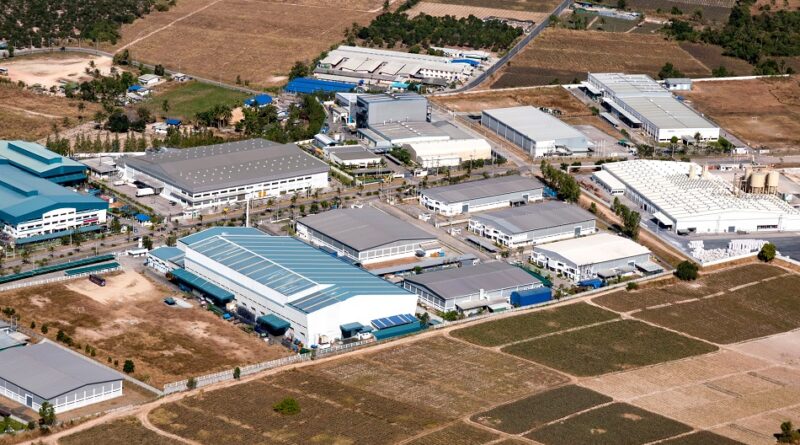Facility Management Tips
A functional facilities management system won’t allow for company assets to be breached by vandals.
For organizations, security is one of the topmost priorities. To avoid property loss or possible damage, it’s critical that you establish a security strategy using key technologies and the best practices available.
What kind of threat can my facility face?
Before you even start thinking of protecting your facility, you need to understand what kind of security risks are there.
Your organization, just like every other one out there, has got objectives for its security arrangements. Experts on security for facilities advise that you consult with executives to identify what you need specifically from the security system. When this is done, the priorities of the organization will change.
See examples of common risks according to the type of facility:
- Colleges and universities: Loss of intellectual properties via fire outbreak or intentional attack is a serious risk faced by educational facilities. Some of these resources have been developed via private, government, or industrial funding. Losing them directly affects the facility, and closes the door against other opportunities and investments in the future.
- Clinics and other healthcare institutions: Medical equipment, patients, and the records of patients are vital resources hospitals need to protect. Keep in mind that different healthcare facilities provide different services. Based on that, the level of risk is not the same. For instance, mental health facilities require a high level of security.
- Government buildings: Activities with the intent of inflicting injuries or causing fatalities is a serious risk to government facilities.
When it comes to facility management, failure of security is quite obvious should it happen. Security experts agree that often no matter how uncommon, companies do recognize the perks of an efficient security strategy.
Some essential questions are to be answered before establishing a security plan:
- What assets does the company own?
- What risks are related to your facility?
- What are the consequences of the identified risks?
Some risks are acceptable. Others are not. Getting information from the questions above will help you decide on what risks need to be controlled and which are to be allowed. After that, a risk control strategy has to be developed and implemented.
Starting a security plan
Different assets, policies, people, and technology have to be assembled by facility executives and managers in a strategic manner to build a security plan that works.
Even security experts agree that well-trained staff should be part of a successful security plan.
What are the technologies you need?
In addition to trained personnel and well-defined security goals, you need technology. There are two primary aspects of technology for facility security:
- Access control alarm monitoring system (ACAM): As the name implies, this tech gives limited access to some parts of a building or the entire building via management and monitoring. The technology is user-interfaced to send signals of unauthorized movement or other issues. It’s compatible with every type of security tech.
Experts say this building block is usually a starting point for companies as it allows for the application of the primary security principles: deter, detect, delay, and deny.
- Video surveillance system (VSS): Using a network of cameras, locations are monitored in real-time. Specific events can also be recorded. This is useful as evidence or for investigation.
Who are the people you need?
The installed technology won’t operate on its own. People have to be in a position to implement the security plan using the technologies. So you need:
- Executives for decision making and implementation of the established strategy
- IT professionals
- Facilities managers
- Current security staff
Another recommendation is that you get a security consultant that’s qualified and experienced to carry out the risk assessment of your facility, supervise the creation of the security strategy, and facilitate security workshops.
Following the facility type and the strategies crafted for execution, you may need an architect and engineer to perform certain tasks.
How do you achieve a functional security plan?
Have a meeting with your security team and find out the goals the integrated access control and surveillance is not meeting. This will reveal areas where more mitigation is required. You can get useful suggestions from security consultants.
When the entire plan is in progress, your security system manufacturers will test and maintain the lot following best practices.
According to experts, the entire strategy for security should operate cyclically from analysis, development of mitigation strategies, selection of mitigation strategies, implementation, operation, back to analysis.
What is modern-day tech for security?
Access control and video surveillance have been very useful for years with advancements in features and efficacy. An innovative approach to this system has been a shift to the cloud.
Starting from the use of modern and highly secure electric gates at the premisses entryway, some other technologies have been invented to resolve exclusive security problems including:
- Drones: This remote-controlled security system has many different uses. Vehicle manufacturers, very large agricultural works, and organizations having more than one facility and occupying a large expanse of land will turn to drones as a security gadget. Soon, it’ll be common to find drone security in power plants, oil and gas plants, dams, solar farms, rail yards, etc
Experts also say that drones may replace manual labor used in the inspection of solar panels to ensure proper functioning.
Drones also function maximally in a corporate environment and government facilities. As for college campuses, there are some privacy and regulatory problems that need resolution with time.
- Gunshot detection: Experts report that gunshot detection systems are being installed by organizations. Whether or not someone is harmed by a gunshot, the source needs to be identified.
So this tech utilizes 360° sensors, cameras, or microphones to identify a gunshot in an area, calculate where it’s coming from, and alert those who need to know. A geographical information system (GIS) is sometimes merged with the system to detect the location on a map. University and college campuses are adopting this tech to spot incidents without delay.
Final thoughts
There’s so much a company may lose with a failed security system. So the need to develop, implement and maintain a security plan is apt.
With this guide, you can work out a plan for security. But your type of facility and personnel will determine most of the plan.
Talk with a security consultant for the best system to attain your security objective. A software like CAFM – a facilities management system can aid this process very well.











